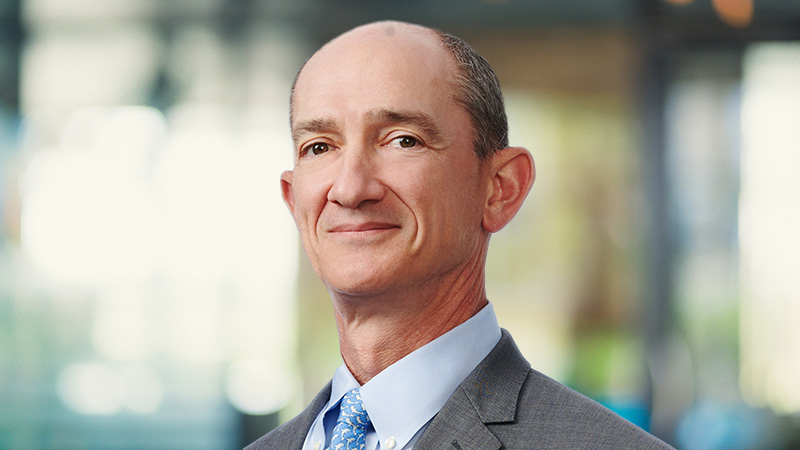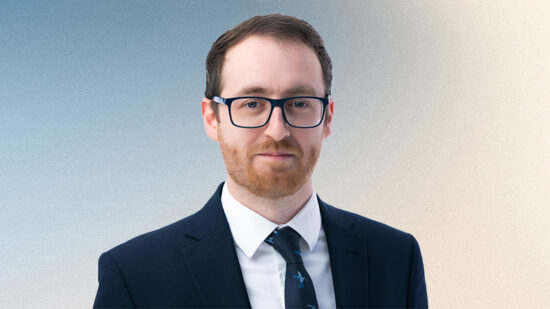Bonds and stocks are different. Stocks are equity, relatively risky and volatile, and paid only after creditors in a bankruptcy; returns between them vary wildly and are limitless; outliers perform best; and ultimately what matters is the fundamentals of the individual company.
Bonds are debt, relatively safe and stable, and paid before shareholders in a bankruptcy; returns between them vary mildly and are capped; outliers perform worst; and for many corporate bonds, company specifics matter less than broad interest rate and credit conditions.
The result is bond and equity fund managers approach things differently. Bond investors focus on what could go wrong, while equity investors focus on what could go right. And because the scope to add value picking individual stocks is greater than for most individual bonds, equity managers can devote more analyst time to each company they consider.
At the core of our multi-asset effort, we try to avoid the constraints of both kinds of single-asset investors. As contrarians, we ask “how could things go differently than the market expects?” That leads to opportunities across asset classes others have scorned.
See also: The asset allocator diary: John Husselbee
On the equity side, we may debate whether a company can grow cash flows by 10% or 15% per year, and that gap may be the difference between the stock being a buy or a sell. But it’s more than we need to buy the company’s debt. Very often, if we are confident a company can grow its cash flows by even 5% per year, we can be confident it can pay its debts.
We often use our deep understanding of a business to invest across both its stock and bonds, letting us take advantage of situations where bond or equity markets misunderstand a company’s value. Two examples in our Orbis Global Cautious Strategy are Drax and Burford Capital.
Drax runs the UK’s largest renewable power station. Originally focused on coal, Drax focuses on biomass, pellets made from wood, grasses, and even nut shells. The company is the world’s second-largest producer of those pellets, sourcing from timber mill waste and other wood that would otherwise be burned in slash piles or left to rot.
These pellets power generators around the world. Keen to play its part in the energy transition, in 2019 Drax began trialling carbon capture technologies at its UK biomass plant, aiming to become carbon negative by 2030. In theory, bioenergy with carbon capture and storage (BECCS), allows for negative carbon emissions.
See also: How derivatives can offer protection from unpredictable markets
Drax receives a subsidy for its biomass power generation through 2027, and BECCS is hotly debated, making Drax’s share price sensitive to UK political headlines. In our analysis, Drax will remain essential to the UK energy grid. But even without BECCS or continued generation at the UK biomass plant, we believe Drax can earn about £500m per year before interest, tax, depreciation, and amortisation (Ebitda) after the subsidy expires in 2027. That would support an equity value of about £2.1bn, above its current level, alongside a dividend yield currently at 4.4%.
These factors are all important on the equity side. But the case for the bonds is far simpler. Until 2027, Drax’s core profits are partially hedged and highly predictable. It is a typical boring electric utility, which this year earned enough Ebitda to cover all its net debt. In that context, the near-6% yield available on the company’s November 2025 bonds looks generous (though less generous than at the time of our purchase) with comparable UK Gilts yielding about 4.5%.
Burford Capital is a litigation finance firm investing in legal claims in exchange for a portion of the ultimate recovery. Most claims settle, sometimes they lose, and sometimes they win big. Burford has done this successfully for over 13 years – since inception, its investment book has delivered a return on capital of 88% and an internal rate of return of 27%.
See also: Sector in review: IA Commodities and Natural Resources
Part of the bull case for Burford’s shares is a claim related to the Argentinian government expropriating the oil company YPF. So far, proceedings are moving in Burford’s favour, and we believe the equity offers good value even without a big payoff from that case. In fact, the market’s fascination with the case overshadows the Burford legal team’s continued skill in selecting cases, winning them, and collecting claims.
As for Drax, the exciting story is nice but nonessential for the bonds.
For the bonds, it doesn’t matter whether the Argentine case produces cash. If Burford keeps executing its conveyor belt of smaller claims, it will earn enough in pre-tax profits to cover its interest expense five times over, every year. Yet the company’s bonds maturing in April 2028 and July 2031 offer yields above 7% (down from higher levels at the time of our purchase), against 4.7% for US Treasuries with similar maturities. That is ample compensation for lending to a creditworthy borrower.
Alec Cutler is the manager of the Orbis Global Cautious and Orbis Global Balanced strategies








